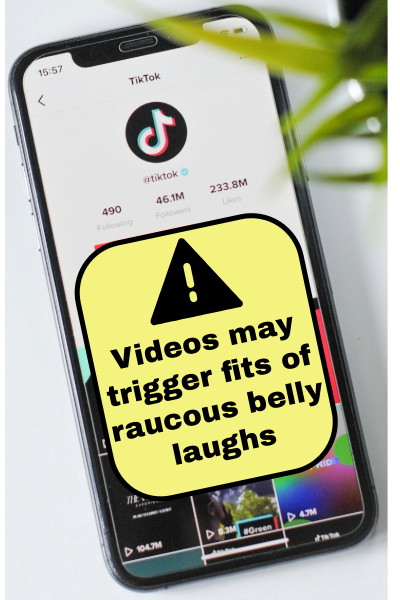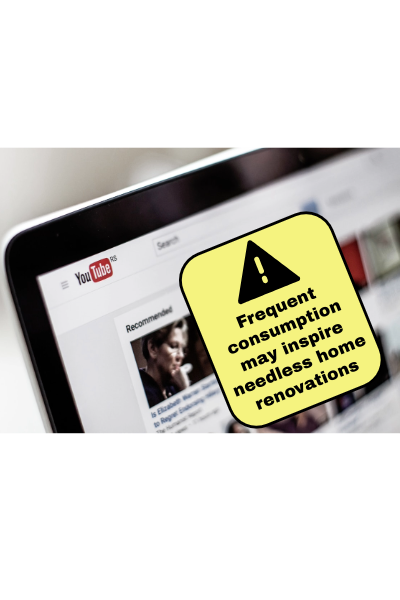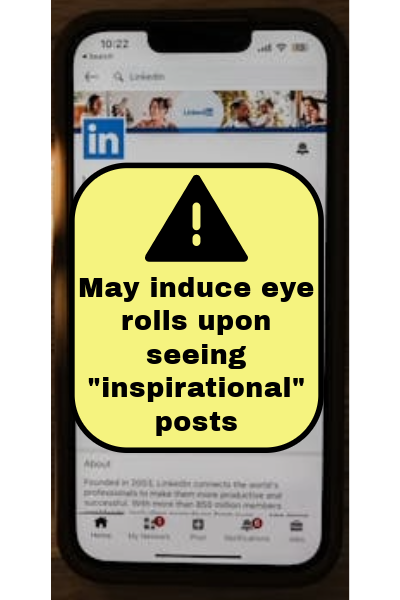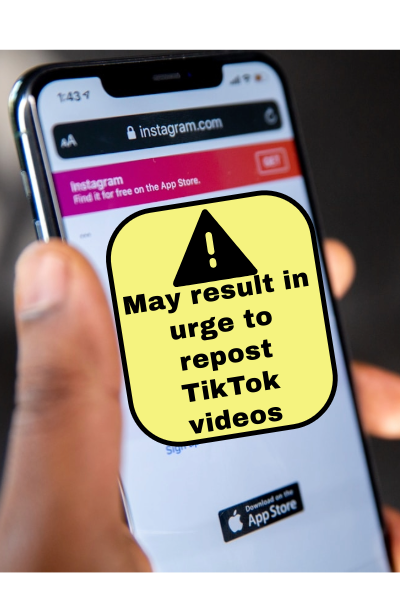Fixing the Web with Warning Labels?
Surgeon General calls for warning labels on social media
This week has been a whirlwind, so I’m keeping the newsletter short this week. There’s a visual treat to replace the prose, though!
Last week, I wrote about the breaking news regarding the closure of the Stanford Internet Observatory. This week, Stanford has clarified that the Observatory will remain open, but in a reduced capacity. Most of the staff are not being renewed, and much of the work will shift over to the Stanford Social Media Lab run by Jeff Hancock. One of the former managers of the Stanford Internet Observatory, Renee DiResta, penned the best thing I read this week that goes into some of the back story of SIO, and is a fantastic read on what life is like working on creating a safer social internet. I can’t recommend it strongly enough.
This week, the US Surgeon General made waves in getting ahead of the science (again) and called for warning labels on social media. This call is problematic for at least three reasons.
One is that the argument presumes a clear, causal effect whereby social media use causes a whole host of negative outcomes. As someone who spends most of his waking hours working on making social media safer, I know full well what negative outcomes it can have… for some people… some of the time. Yet, I also know that it has positive effects, too, like connecting family and friends who live far away, or helping people learn important information. The science on social media effects is far from conclusive, particularly when focusing on the most rigorous research on the subject.
Two is that it assumes that warning labels will discourage use of social media. They might, but they also might not. Some of what we know is that fear-based messaging can sometime backfire and actually increase the undesired behavior. I happen to have grown up in the DARE generation, where every week Officer Friendly would come to my classroom scaring us with horrors of drugs and alcohol, and teaching us to “Just say no!” Spoiler alert: many people didn’t say no, and the program just didn’t work. Moreover, sometimes raising awareness of a message, like social media causes depression, we may be creating a self-fulfilling prophecy. Jacqueline Nesi goes deeper into the psychological science of social media in this post on Techno Sapiens.
Three is that these warning labels shift accountability away from the companies making specific design choices that harm people and toward consumers. Warning labels would “pressurize parents to aggressively monitor their children’s use of social media. They wouldn’t necessarily lead to any changes in how social media companies actually design their products.”
I’ll stop myself there before getting (too) carried away. Enjoy these warning labels I created.
















What’s coming in the pipeline?
I was invited to lead a session on the risky bits of social media ranking algorithms and best practices for minimizing risks taking place at a workshop hosted by Stanford’s Institute for Human-Centered Artificial Intelligence on Monday. It’s a pretty small gathering and Chatham House rules apply, so I won’t be able to point to specific people or companies presentations, but I will summarize the key points.
I’ve gotten the very basic back-end of the Platform Data Guide up and running this week, with the help of a fabulous engineer from the Integrity Institute (withholding his name as I’m not sure s/he is comfortable with it being disclosed given their new employer). Spencer Gurley has continued to help me build out a giant databrary containing links to all of the publicly available social media data we can find. It’s a work in progress, but should give you a taste of what is to come in the following weeks. If you know of data that we haven’t yet included, please message or email me.
I’m planning to analyze the Polish Neely Social Media Index data very soon, and share our first international results. I have no idea how they will compare to the US data, but I’m eager to find out!
Some News
The US Surgeon General calls for warning labels on social media -- Vaishnavi, Quire
An update on the Stanford Internet Observatory -- Stanford University
My encounter with the fantasy-industrial complex -- Renee DiResta (formerly of Stanford Internet Observatory), The Atlantic
An AI bot is (sort of) running for mayor in Wyoming -- Vittoria Elliot, Wired
A reportedly fake group recruited a real candidate for Congress -- Rebecca Kern, Politico
AI election risks -- Aspen Digital
How Americans get news on TikTok, X, Facebook, and Instagram -- Elisa Shearer, Sarah Naseer, Jacob Liedke, & Katerina Eva Matsa, Pew Research Center
The Perplexity AI drama explained in 60 seconds -- Jaures Yip, Business Insider
Online hate and harassment: The American Experience, 2024 -- Center for Technology & Society, Anti-Defamation League
Post-January 6th deplatforming reduced the reach of misinformation on Twitter -- Stefan McCabe, Diogo Ferrari, Jon Green, David Lazer, & Kevin Esterling, Nature
How prevalent is AI misinformation? What our studies in India show so far -- Karin Garimella & Simon Chauchard, Nature
Testing new ways to offer viewers more context and information on videos -- YouTube Official Blog
Abortion groups say tech companies suppress posts and accounts -- Emily Schmall & Sapna Maheshwari, New York Times


